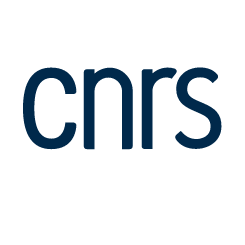How to Extract a Spectrum from Hydrodynamic Equations
Résumé
Practical results gained from statistical theories of turbulence usually appear in the form of an inertial range energy spectrum E(k) ∼ k^{−q} and a cutoff wavenumber k_c. For example, the values q = 5/3 and k_c ∼ Re 3/4 are intimately associated with Kolmogorov's 1941 theory. To extract such spectral information from the Navier-Stokes equations, Doering and Gibbon [2002] introduced the idea of forming a set of dynamic wave-numbers κ_n (t) from ratios of norms of solutions. The time averages of the κ_n (t) can be interpreted as the 2nth-moments of the energy spectrum. They found that 1 < q 8/3, thereby confirming the earlier work of Sulem and Frisch [1975] who showed that when spatial intermittency is included, no inertial range can exist in the limit of vanishing viscosity unless q 8/3. Since the κ_n (t) are based on Navier-Stokes weak solutions, this approach connects empirical predictions of the energy spectrum with the mathematical analysis of the Navier-Stokes equations. This method is developed to show how it can be applied to many hydrodynamic models such as the two dimensional Navier-Stokes equations (in both the direct-and inverse-cascade regimes), the forced Burgers equation and shell models.
| Origine | Fichiers produits par l'(les) auteur(s) |
|---|
